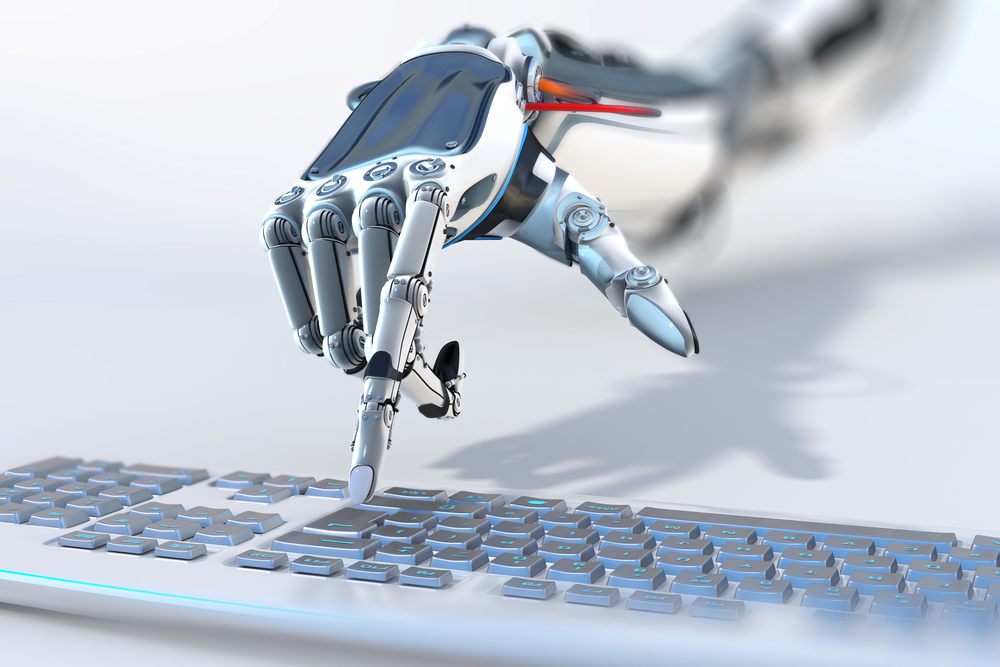Robots can bring significant benefits to the workplace, positively impacting productivity, efficiency and quality. There are challenges to realising these benefits – not least the complex subject of the degree and quality of human interaction that we want or need robots to deliver. However, robotics offers tremendous scope for helping humanity, so the field will continue to develop the advanced technologies that make it possible.
Healthcare is a significant use case. Here, robotics can help bridge the gap between care providers and care receivers. With today’s ageing population, the amount of care that needs to be in place for the elderly is on the increase – robotics and automation can usefully assist by, for example, helping dispense medication and assisting people in tasks involving lifting and carrying.
>See also: Humans vs robots: the battle for the workplace
In surgical procedures, robots will be able to assist surgeons – resulting in better outcomes for both clinicians and patients. Wearable robots have the potential to give extra help to people who are injured or need to perform heavy lifting tasks beyond a safe range for their ability.
Robotic exoskeletons could be used in physiotherapy to aid healing and recovery; in factories, they could help workers undertake routine jobs; and in healthcare, nurses and caregivers could benefit from robotic help when moving patients and equipment.
Multi-dimensional innovation
In manufacturing, as computer vision becomes more associated with robotic dexterity, new forms of production and assembly/disassembly lines could exist. It is likely that robotic ability will complement factory workers – robots are better at producing goods but humans are far superior when it comes to quality checks, supervision, product design and innovation.
3D printing is an innovation that has captured the imagination with the potential it offers for production of bespoke items on-site and on-demand. It has the capability to change current manufacturing schemes where production is often far away from target markets.
With 3D printing technologies, producers will be more connected to consumers. The ability to design and print in 3D can accelerate product turnaround, reducing manufacturing’s reliance on transportation in the production lifecycle and delivering faster, customer-driven goods at reasonable prices.
In the transportation sector, the objective is to develop autonomous vehicles. This is another area that attracts a high level of interest with the seemingly futuristic notion of a ‘driverless car’.
Technology advancements in this area can contribute to significant steps forward in delivering safer roads, better traffic management systems and energy efficiency.
The role of computing in energy management is becoming ever more significant. As renewable energies become a reality, infrastructures for production and conversion will be needed – as will distribution networks around the globe.
Artificial intelligence (AI) and decision-making algorithms will control the flow of energy and bridge the gap between producers and consumers.
Another important sector for robotics is agriculture. As the world population increases, we will need to find new ways of producing food. Autonomous vehicles have a role here too.
AI and image processing could allow machines to work tirelessly on fields, performing tasks such as moderating the percentage of water or fertilisers. Seeding or watering could become normal procedures for autonomous farming vehicles. In addition, the use of unmanned aerial vehicles (UAVs) for agriculture checks, treatment and mapping will become a reality in the future.
Human interaction
Such applications of robotics are an extension of technology in action. Where robotics can take a huge stride forward is in levels of interaction with humans. In our terms, this means the encompassing of social skills. Communication as we know it will be on a limited level, more significant will be robotics taking on roles of triggering some kind of action in our normal everyday lives.
Such ‘choreography’ of person and machine offers interesting scope for future robotics. Virtual assistants could be found in buildings, offices, even homes as more sensory data is collected and processed locally and on the cloud.
>See also: Inside the virtual workforce: an army of software robots revolutionising enterprise innovation
Understanding and respecting the different attributes and qualities of robotics compared to human intelligence is central to getting the most benefit out of the direction in which we take robotics.
Computers are already far better at logical reasoning and calculations per second, whereas humans are exceptional in terms of emotional intelligence, relationships, customer service, dexterity, creativity and innovation. Mapping those differences is essential to understand and identify new opportunities for growth and wellbeing in the 21st century.
We moved from the Stone Age to the industrial revolution and to the computing era. Robotics is the next step.
As with all technologies, we have to develop and reflect on the best application scenarios. We have to focus on the immense set of challenges ahead of us – robotics has a tremendous potential to help humanity, we just have to make it happen.
Sourced from Dr. Antonio Espingardeiro, member of the IEEE







